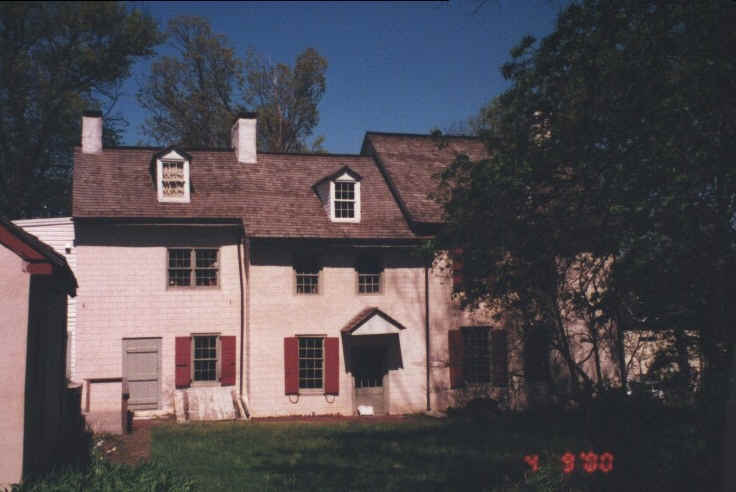About Plymouth Meeting
Plymouth Meeting was founded in the year 1686. James Fox and Francis Rawle, with a group of Quakers from Plymouth, England, purchased 5000 acres from William Penn, which became Plymouth Township. Their original plan was to engage in the wool business, but it never happened so they sold the property to some Welsh Quakers. One of them, Lumley Williams, purchased a tract of 244 acres in 1702. His will divided the property between two stepsons, one being Joshua Dickinson, whose half share included what is known today as the Dickinson Farmstead.

The Dickinson Farmstead
The Dickinson Farmstead was held by Quaker families for 239 years. Joshua was the first owner to build a house and live on the property, perhaps as early as 1720. From there, the town expanded. The Plymouth Friends Meeting house on the corner of Germantown and Butler Pike was used as a hospital after the small battle of Whitemarsh in December of 1777.
Washington's army marched through here on its way to Valley Forge. In later years some of the residents hid runaway slaves until the end of the Civil War. Many Abolitionists spoke at the local Abolition Hall near the corner of Germantown and Butler Pikes. Some of the speakers included Harriet Beecher Stowe, Lucretia Mott, Mrs. Stephen Foster, and William Lloyd Garrison. Underground rooms, once used to hide slaves, have even been found on some of the properties.
